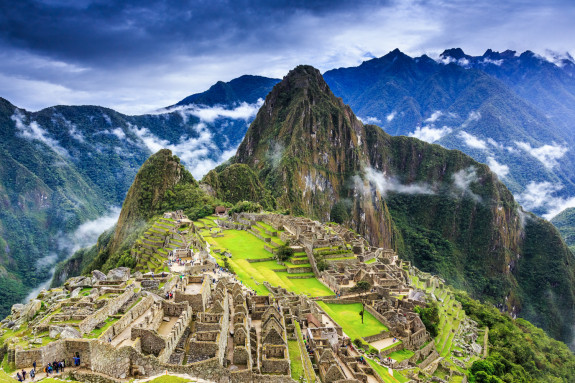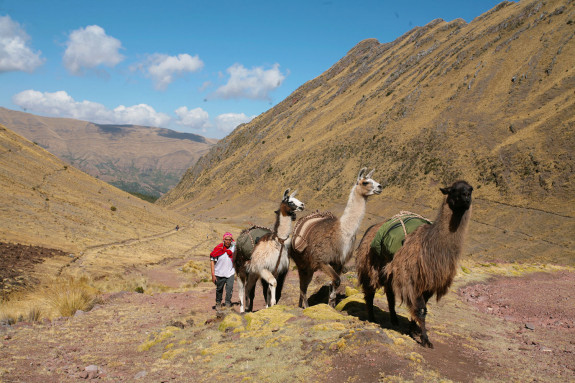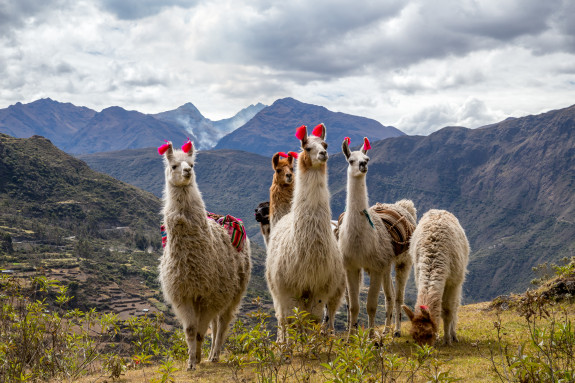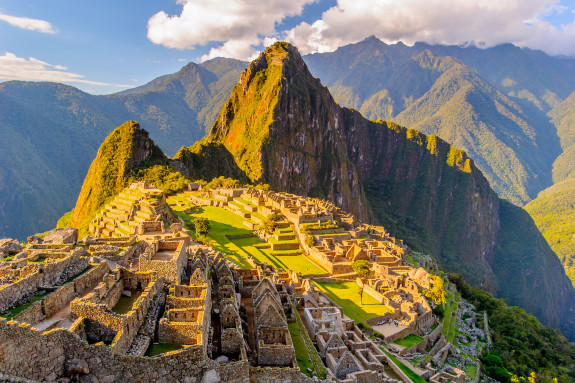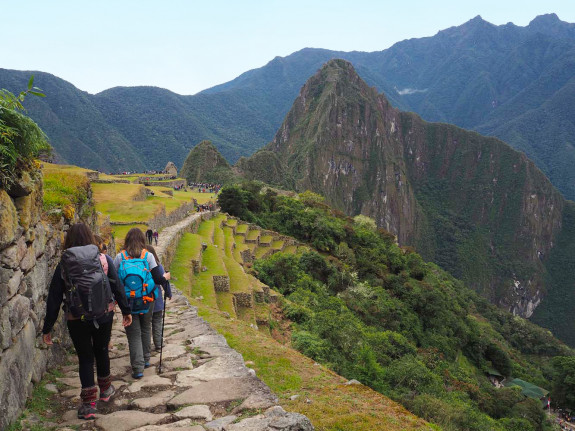-
Latin America
Latin America
- Countries (hidden space)
- Galapagos & Ecuador
- Guatemala
- Mexico
- Panama
- Peru
- Popular Attractions
- Machu Picchu
- Inca Trail
- Easter Island
- Galapagos Islands
- Patagonia
- Rio de Janeiro
- Iguazu Falls
-
Africa
Africa
- Spacer Africa
- South Africa
- Zimbabwe
- Popular Attractions
- Cape Town
- Okavango Delta
- Sossusvlei Dunes
- Victoria Falls
- The Kruger
- The Garden Route
- Masai Mara
-
Asia
Asia
- Spacer Asia
- Laos
- Sri Lanka
- Uzbekistan
- Vietnam
- Popular Attractions
- Taj Mahal
- Lion Rock (Sigiriya)
- Angkor Wat
- Ha Long Bay
- Kyoto
- Europe & Middle East
-
Destinations
- Latin America
- Argentina
- Bolivia
- Brazil
- Chile
- Colombia
- Costa Rica
- Galapagos & Ecuador
- Guatemala
- Mexico
- Panama
- Peru
- Asia
- Cambodia
- India
- Japan
- Laos
- Sri Lanka
- Uzbekistan
- Vietnam
- Middle East
- Jordan
- Southern & East Africa
- Botswana
- Kenya
- Namibia
- South Africa
- Zimbabwe
- Europe
- Slovenia
- All Holiday Destinations
- Contact Us
-
About
About
Llama Travel provides high quality holidays at the lowest possible prices.
99% recommend us Lower prices - guaranteed Financially protected by ATOL
Peru Blog
Peru is far more than just Machu Picchu – it’s a country full of incredible diversity and hidden treasures. From vibrant coastal towns to vast desert landscapes, and remote mountain villages, Peru offers an endless array of experiences. While the iconic Machu Picchu is a must-see, there’s so much more to uncover. Exploring Peru is a journey through history, culture, and stunning natural beauty, from the bustling streets of Lima to the serene Sacred Valley. Every moment in Peru is unforgettable, and here are twenty places you should visit and activities you should try when travelling in Peru according to Llama Travel, a Peru holidays specialist sending people to Peru since 2002.
The Cusco region is home to many, many Inca sites, most of which get few, if any, visitors. Huchuy Qosqo, means ‘Little Cusco’ in Quechua and is an impressive complex, with some fine stone structures, beautiful terracing and some of the most amazing views of anywhere in the area. Said to be a royal estate founded by the Inca Viracocha in the early 15th century, the site sits at over 3,650 metres, with the town of Lamay in the Sacred Valley almost 800 metres directly below, and facing the snow-capped peaks of the mountains on the other side of the valley. Despite being such an important and beautiful site, it receives hardly any visitors, mainly by dint of being only accessible by a fairly tough hike.
I was floored by the Amazon before I’d even got on the boat. Fluttering around the dock was an enormous cloud of butterflies of every shape and colour. They were everywhere. I’d never experienced so many of them in one place. The mineral-rich mud of the river attracts them in flocks, and I was to discover that it is entirely normal to come across fairytale scenes such as this one when walking through the jungle. The guides were completely unfazed. Only when one of them called me over to the boat did I realise how long I’d been staring.
Exploring Peru felt like stepping into a world where history, culture, and nature blend in amazing ways. From the busy streets of Lima to the quiet Sacred Valley, everything felt unique. I was constantly amazed by the diversity and richness of the country. Whether wandering through ancient ruins, tasting local cuisine, or enjoying the scenery, visiting Peru was an amazing experience.
In June 2024, the Peruvian Ministry of Tourism introduced new regulations for visits to Machu Picchu to preserve and guarantee the protection of this wonder of the world. In this blog, we explain everything you need to know before visiting Machu Picchu.
(17/10/2022) Update: face masks no longer required indoors, on trains, or on flights. The only times you'll need a face mask are if you're experiencing Covid-19 symptoms, taking public transport, or visiting a hospital. Additionally, you no longer have to fill out an online health form before departure.
In summer I made my first trip to Peru since 2019, and I thought it would be useful to share my experience of travelling post-covid. I've gone into some detail regarding covid requirements for flights, visits, and hotel stays within Peru, and in particular mask wearing, as I know that many people have questions about this. As an overview, the experience was pretty similar to travelling pre-pandemic, but with the requirement to wear face masks when indoors. Overall, it was great to be travelling in Peru again and Peruvians were as welcoming as ever.
Perhaps one of the most famous and iconic of all sites in Latin America is the fabled Lost City of the Incas Machu Picchu. The citadel which was the final bastion of the Incas and remained hidden atop an Andean peak shrouded in dense jungle foliage from the ground and thick clouds from above. Because of the tactical positioning of the city it was never discovered by the invading European conquistadors and, as such, remained intact for centuries until its ‘rediscovery’ by Hiram Bingham in 1911.
Unsurprisingly, the ancient city of the Incas has become a key focal point for those travelling to Peru with various possibilities of reaching the site open to tourists ranging from luxurious train journeys to five day trekking options. Arguably the most adventurous way of visiting Machu Picchu is by foot and this blog will discuss the differences between two options; the famous Inca Trail and the alternative Salkantay Trail.
The Classic Inca Trail is a popular bucket list item for millions of people worldwide. But for those who want to visit Machu Picchu without the commitment of having to hike for four days to get there, there are many excellent alternatives to the Inca Trail. One of these is the Short Inca Trail, which follows the same network of trails as the Classic, and the final part of the two walks is the same. The difference is that you only have one full day of walking, you get to stay in a comfortable hotel rather than camping, and you still have a full day to explore the Machu Picchu ruins.
Showcasing a varied landscape from the soaring Andes Mountains to the Amazon Rainforest and all the way to the coast, Peru has plenty more to offer than just Machu Picchu, full of archaeological wonders which bear testament to a history of vibrant civilisations and architectural mastery. Situated just outside of Cusco, the Sacred Valley of the Incas contains everything from small local ruins to entire ancient cities with UNESCO World Heritage recognition. Elsewhere in the 1.2 million-square kilometre country, hundreds of other archaeological riches can be found. Keep reading to find out our top archaeological sites to visit.
Known for being the gateway to the Sacred Valley and Machu Picchu, Peru’s tourist capital is nestled in the Andes at 3,400 metres above sea level. The historic centre of Cusco is a UNESCO World Heritage Site, and has a mix of colonial and Inca architecture, making it a truly fascinating place to visit. As well as the 500 Inca sites and museums, the city boasts excellent opportunities for shopping, eating and trying one of the many adventure sports in the vicinity.

